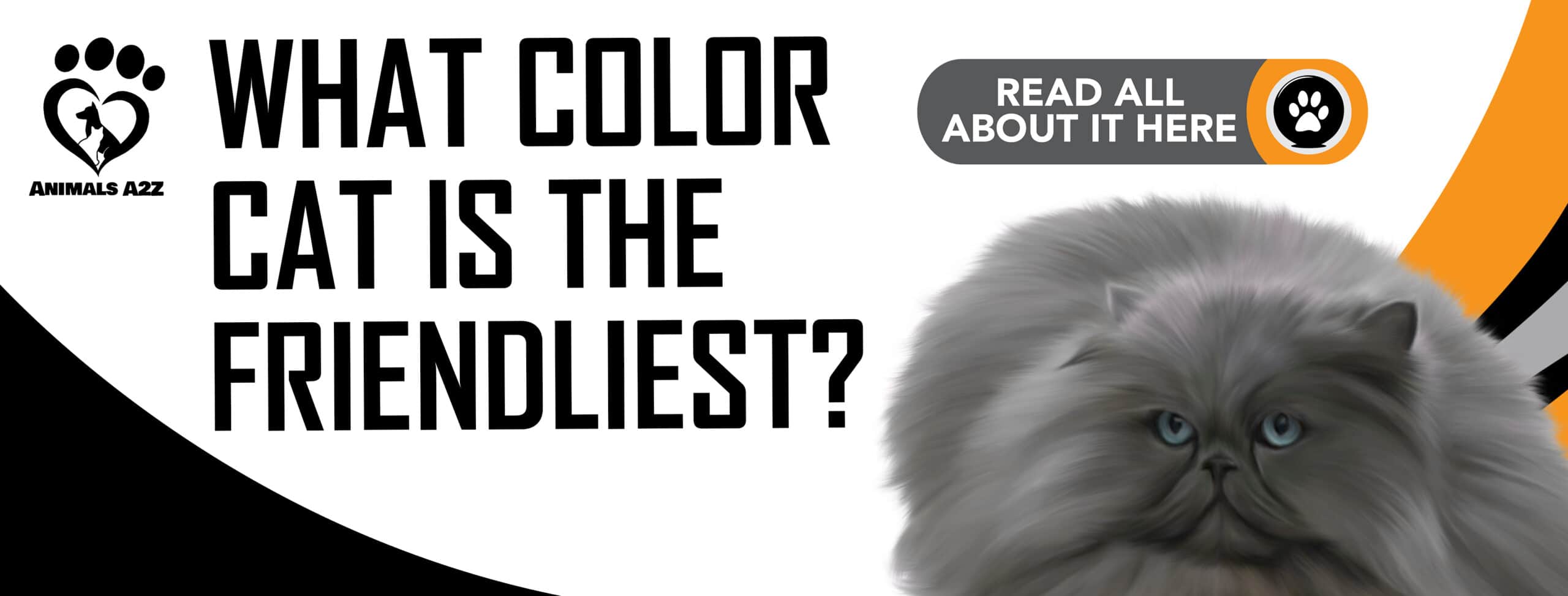Although often perceived by the general public as snobbish, aloof & indifferent
creatures that ooze prideful superiority aura, our feline friends can be a suitable cuddly
ball of fur. Studies supported by anecdotal evidence, suggest that the coat color of a
cat may influence its personality and behavior.
Table of Contents
Is coat color a determinant of a cat’s behavioral style?
There have been studies demonstrating a link between melanin-based coloration and
animal personality traits. Melanin is the primary pigment in mammals, which is
responsible for the color of both the hair and fur. It is said that high levels of melanin
lead to a darker skin or fur color. In 2015, a report from collated previous studies on the
melanocortin system theorized that “[individuals] with darker pigmentation are found to
be pleiotropically linked to higher levels of aggression, sexuality, and social dominance
than individuals with lighter pigmentation.”
However, the same report also noted that there are other factors other than skin and
coat color that influence these studies; besides, no reviews to date have been able to
link coat color with feline’s behavioral style genetically. So far, this hypothesis is only
backed up by anecdotal evidence and retrospective survey analysis that may or may
not reflect actual, measurable differences between cats. It’s worth noting that people
have certain biases they acquired from personal experience and the media portrayal
of cats in popular cat culture. Henceforth, let me walk you through some of the most
common perceived personality traits which popular cat culture has aggregated based
on feline color.
Orange cats
Overall, orange cats are often regarded as the friendliest among others. They are
generally viewed as sweet and loving. They also have a knack of meowing when
they’re craving attention and are said to love petting and kind words. Ironically, some
of the most popular orange cats in American culture, such as Morris is depicted as the
world’s most finicky cat, and Garfield is portrayed as lazy and cynical.
Black cats
Because of folkloric tales and stories passed on throughout history, as well as how the
media portrays it, black cats are stereotyped as mischievous, spooky, stand-offish,
ominous, and harbingers of bad luck. During the Middle Ages, they were heavily
persecuted in continental Europe because they associated them with witches. However,
In the British Isles, black cats are seen to bring good fortune.
White cats
White cats were considered to be calm, shy, and lazy yet loving and caring when they
bond with their family. Most white cats tend to be deaf, and those who are showing an
absence of melanocyte, which corroborate the idea that pigmentation and behavioral
traits may be linked.
Gray cats
Gray cats, on the other hand, are frequently depicted as a mischievous and fun-loving
bunch. They are very social creatures but also enjoy their solitude and will actively seek
a peaceful and private fortress to sleep on.
Calico & Tortoiseshell cats
Calico and Tortoiseshell cats are credited to be the most feisty, capricious, and
hot-tempered of them all. They are known to be vocal and will declare their needs and
wants by hissing, meowing, or purring loudly.
[crp]
Commonly asked questions:
What factors affect a cat’s personality?
As humans, how a kitten is treated in its early years has a disproportionate effect on its
personality years to come. According to the American Association of Feline
Practitioners, kittens don’t develop a fear of humans if they socialize with people
between the ages of 3 and 9 weeks. In the case that they don’t, kittens can become
anxious or timid cats. Other factors, such as whether or not the cat has been sterilized,
age, history, and socialization, can also affect the cat’s temperament.
What are the rarest colors of a cat?
The top 10 rarest cat colors include chocolate (or brown), cinnamon, smoke, lilac, fawn,
cream, chinchilla, color-point, and rosette pattern.
Why do black cats have a low adoption rate?
Black cats have been portrayed in cultures across the globe as the harbinger of bad
luck; therefore, not only are people less likely to adopt them, they are also denied the
necessary love and warmth they need. Similarly, because of the negative stigma
attached to black cats, most humans tend to avoid interacting with them in general.
This lack of interaction with people can cause them to be fearful or timid around others.
Sadly, because of these existing stereotypes, most of them end up getting impounded
and euthanized.
Conclusion
There is a great need to explore further studies on whether these associations between
behavior and coat color have any basis with the plethora of stigmas associated with
cat behavior. It is important to note that we should also keep in mind that ascribin
personality traits to cats by color can have severe repercussions on the adoption and
euthanasia rates at animal shelters. Thus, we should provide the necessary warmth and
care for our feline friends regardless of their color.


